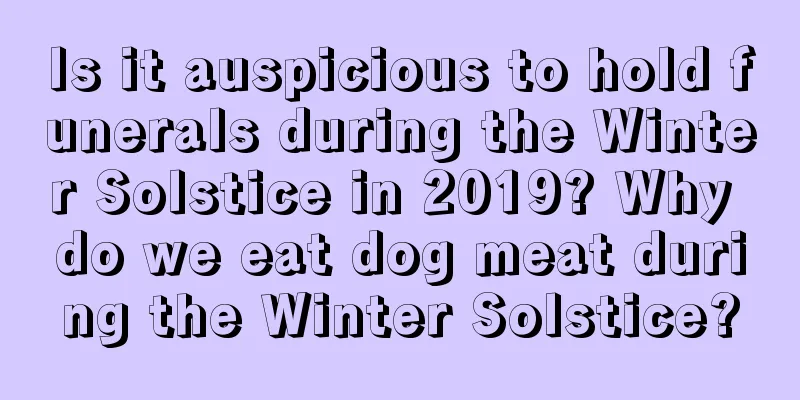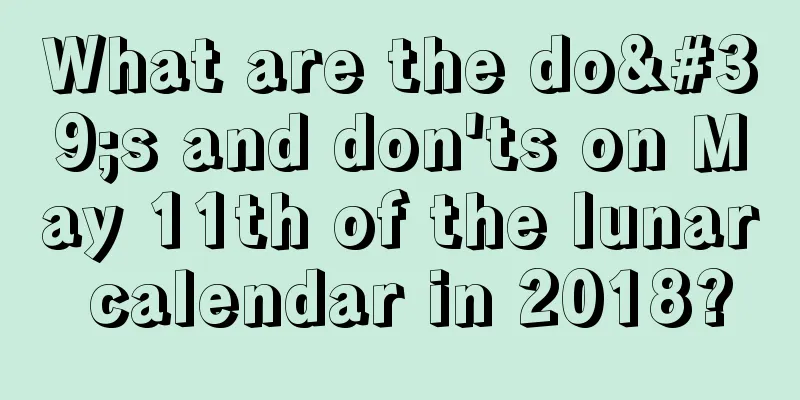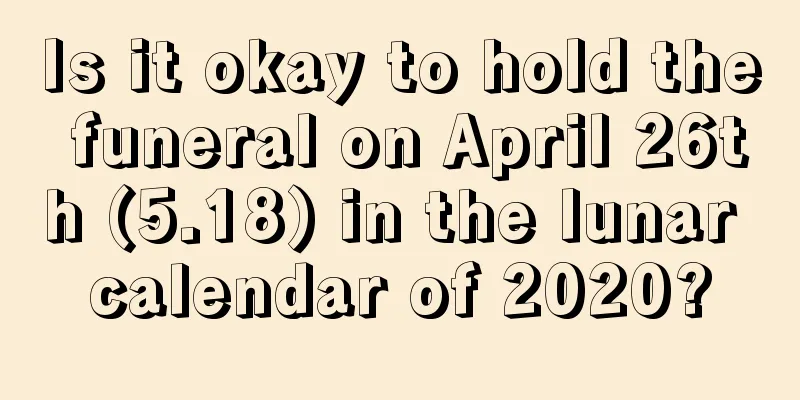What is the origin of Xiaohan? Why is it called Lesser Cold instead of Greater Cold?

Xiaohan has appeared as a solar term in Chinese history for a very long time. What is the origin of Xiaohan? Why is this day called Lesser Cold instead of Greater Cold? Winter months are cold, but when everything goes well, they are the warmest days. The Fortune Teller website gives you the lunar calendar for November so that you can have an idea of what to do.What is the origin of Xiaohan?Lesser Cold, like Greater Cold, Lesser Heat, Greater Heat and End of Heat, is a solar term that indicates changes in temperature. "Collected Explanations of the 72 Seasonal Changes" says "At the beginning of the month, the cold is still light...in the middle of the month, it is severe", which means that in the Yellow River Basin, the Great Cold was colder than the Lesser Cold at that time. And because Minor Cold is in the last few days of "Erjiu", it enters "Sanjiu" a few days after Minor Cold, and the Minor Cold in winter corresponds to the Minor Heat in summer, so it is called Minor Cold. The Great Cold, which comes after the Lesser Cold, is also very cold during the "four nine days of cold" when "sleeping at night is like sleeping outside", and the Great Cold in winter corresponds to the Great Heat in summer, so it is called the Great Cold.The characteristic of Minor Cold is that the weather is gradually getting colder, but it is not yet extremely cold. The "Three Nines" of midwinter are basically within this solar term, so there is a saying that "Minor Cold is better than Major Cold". This is because during the previous winter solstice, the ground surface receives the least sunlight and heat, but there is still heat supplement from deep in the soil, so it is not the coldest time of the year. After the winter solstice, which is around the "Three Nines", the heat deep in the soil is also consumed. Although the amount of sunlight and heat increases slightly, it is still not enough, so the lowest temperature of the year appears. Why is it called Lesser Cold instead of Greater Cold?This is because the solar terms originated in the Yellow River Basin. "Collected Explanations of the 72 Seasonal Changes" says "At the beginning of the month, the cold is still light...in the middle of the month, it is severe", which means that in the Yellow River Basin, the Great Cold was colder than the Lesser Cold at that time. And because Minor Cold is in the last few days of "Erjiu", it enters "Sanjiu" a few days after Minor Cold, and the Minor Cold in winter corresponds to the Minor Heat in summer, so it is called Minor Cold. The Great Cold, which comes after the Lesser Cold, is very cold during the "four nine days of cold" when "sleeping at night is like sleeping outside", and the Great Cold in winter corresponds to the Great Heat in summer, so it is called the Great Cold. |
Recommend
Why is it not suitable to travel far during the Winter Solstice? Is the Winter Solstice the Ghost Festival?
The Winter Solstice is one of the 24 solar terms. ...
Is the fate of a baby girl born on the second day of the fourth lunar month in 2018 good or bad?
Introduction: The fourth month of the lunar calend...
Is it a good idea to move into your new home on the Double Ninth Festival on October 7, 2019? What should you pay attention to on the moving day?
Introduction: It is usually necessary to choose an...
Is October 14th of the lunar calendar 2020 a good day to get married?
The wind in the tenth month of the lunar calendar...
Query the God of Wealth's position on the Autumnal Equinox on August 17, 2021
Each season is divided into three months: Meng, Zh...
Where is the God of Wealth on August 29, 2018
The weather gradually gets cooler in the eighth m...
Is the summer solstice on May 19, 2019 in the lunar calendar an auspicious day? Is it a good idea to burn incense and worship Buddha?
The sunshine in the fifth month of the lunar calen...
Can I start construction and renovation on September 18th, 2018?
When building a house, the time when the first sho...
Are rat babies born on the 15th day of the first lunar month, the Lantern Festival in 2020 a person who likes earth?
Introduction: Children born at different times hav...
Can I pray and burn incense on the 15th day of the seventh lunar month in the year of Renyin 2022?
Can I pray and burn incense on the 15th day of the...
Can I open my business on October 28th of the lunar calendar in 2021? Is it good to open the business?
There are certain considerations and rules for cho...
Where is the auspicious direction for the God of Joy on New Year’s Day, January 1, 2020?
Introduction: When welcoming the God of Joy, we al...
Is December 2, 2019 an auspicious day to start renovations?
Is December 2, 2019 an auspicious day to start ren...
Is December 16th of the lunar calendar 2020 a good day for a haircut?
The ancient Chinese paid great attention to the ri...
What are the traditional foods for the Dragon Raising its Head on February 2, 2021? Food Introduction
On the second day of the second month of the lunar...









